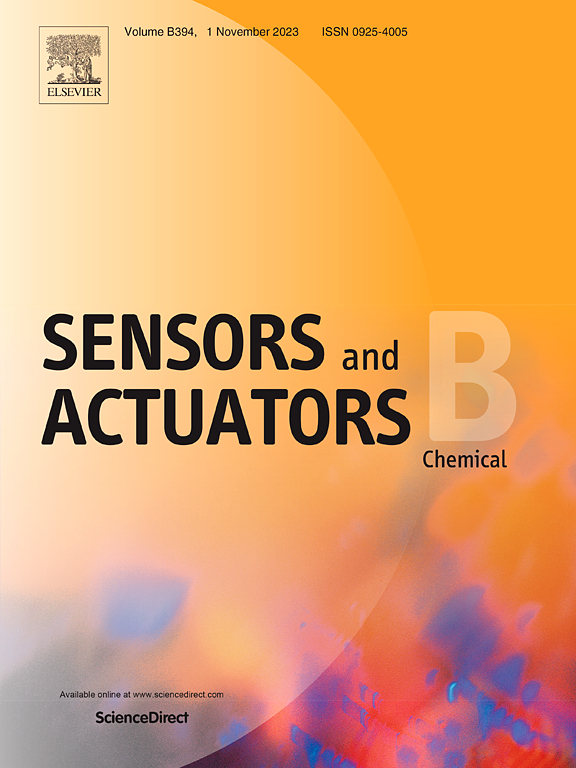用于肿瘤细胞精确成像的膜蛋白靶向 DNA 多任务处理器
IF 8
1区 化学
Q1 CHEMISTRY, ANALYTICAL
引用次数: 0
摘要
本文章由计算机程序翻译,如有差异,请以英文原文为准。

A membrane-protein targeted DNA multitasking processor for precise tumor cell imaging
DNA nanodevices based on nucleic acid aptamers have become powerful tools for tumor imaging. However, the problem of “on-target, off-tumor” has always been a challenge for intelligent molecular probes to identify tumors. In order to achieve precise identification and tumor microenvironment (TEM) localization of cancer cells, we integrated membrane protein aptamers with two reporter molecules, imotif (pH reporter) and ATP aptamer (ATP reporter), which can respond to specific biomarkers in TME, and developed a Y-shaped multitasking processor (Y-smp). This Y-shaped multitasking processor can target membrane protein overexpressed on the surface of cancer cells, allowing them to remain on the cell surface. At the same time, the two reporter probes work independently in response to acidity and ATP, undergo conformational changes and detach from Y-smp, carrying away quenching groups to produce green fluorescence signals corresponding to ATP molecules and red fluorescence signals corresponding to acidity. The Y-shaped multitasking processor can generate different fluorescent signals corresponding to two microenvironment markers, and does not interfere with each other in a simulated tumor microenvironment characterized by weak acidity and abundant ATP. The simple and intuitive molecular probe recognition strategy provides the possibility for precise localization and recognition of cancer cells.
求助全文
通过发布文献求助,成功后即可免费获取论文全文。
去求助
来源期刊

Sensors and Actuators B: Chemical
工程技术-电化学
CiteScore
14.60
自引率
11.90%
发文量
1776
审稿时长
3.2 months
期刊介绍:
Sensors & Actuators, B: Chemical is an international journal focused on the research and development of chemical transducers. It covers chemical sensors and biosensors, chemical actuators, and analytical microsystems. The journal is interdisciplinary, aiming to publish original works showcasing substantial advancements beyond the current state of the art in these fields, with practical applicability to solving meaningful analytical problems. Review articles are accepted by invitation from an Editor of the journal.
 求助内容:
求助内容: 应助结果提醒方式:
应助结果提醒方式:


